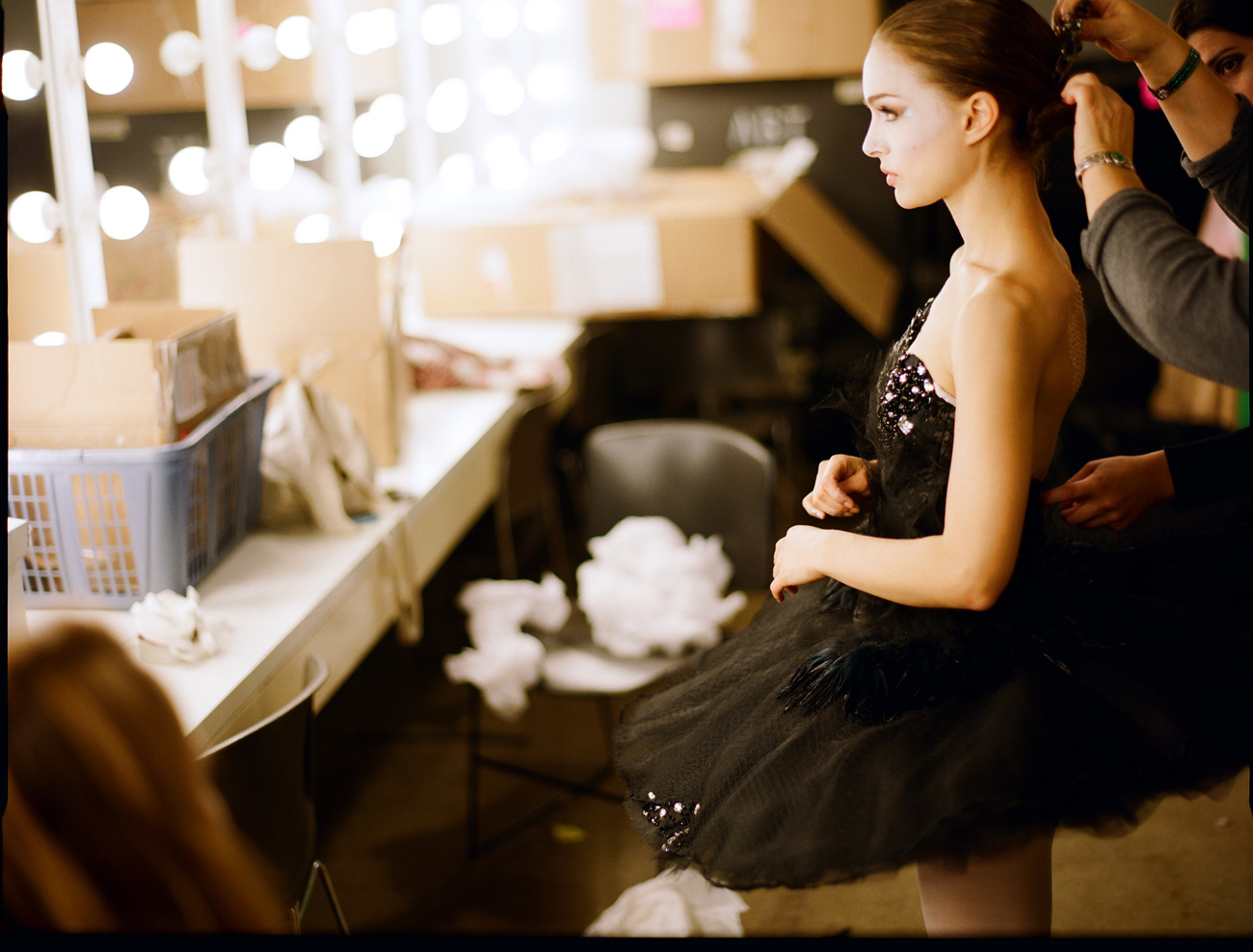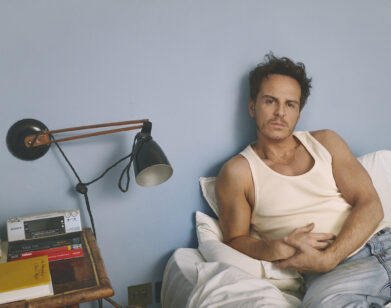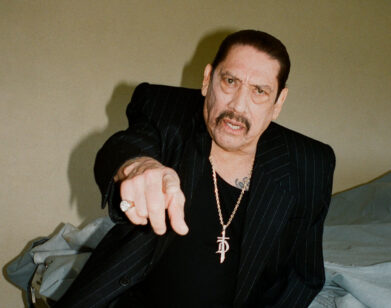Behind The Scenes Black Swan
Kate and Laura Mulleavy, the designer sisters behind Rodarte, live in Los Angeles, but they make their home clear across town from the studios of Hollywood. In fact, they live in Pasadena, work downtown, and most of their business comes out of New York. Nevertheless, knowing how much the Mulleavys love movies—particularly horror movies—it’s surprising they’d only made costumes for one other cinematic endeavor (a short film directed by their friend Kirsten Dunst) before taking on the tutus and dance gear that Natalie Portman and Mila Kunis wear in the Darren Aronofsky psycho-thriller Black Swan, which opens in December. Black Swan, a film that’s been described as a lysergic commingling of The Red Shoes (1948), Rosemary’s Baby (1968), All About Eve (1950), Showgirls (1995), and Repulsion (1965), follows a young dancer, played by Portman, who, at the very moment of landing the lead in Swan Lake, begins to break down—both mentally and physically—in a spectacular and horrific fashion. “We had already done a collection inspired by ballerinas and horror films, so it seemed natural for us to take on this project,” the younger sister, Laura, says of their Fall 2008 collection, which plays with the silhouette of dancers and was partially inspired by the classic 1977 Dario Argento horror film Suspiria. It also helped that the Mulleavys were already good friends with Portman, so rigorously working with the actress through a number of fittings—as Portman’s body drastically changed through her own dance training for the film—was as much labor as it was love. “It was a crazy work schedule,” Laura says, “because we were also in the midst of working on our own show. We did five fittings for everyone. And we did almost all of the costumes—the knits for the dancers, a gown for Natalie, the costumes for the leads in Swan Lake, and we did an amazing practice tutu, which is gray and looks so beat up. The whole feeling of the film is exactly like how we would approach making a ballet. It’s very classical in the way it looks, but there are also signatures of ours that come up because everything looks ruined.”
Among the challenges was the fact that the Mulleavys had to become fast masters in the art of the tutu. “We had to build tutus, and they’re really difficult to make. They’re so valuable to people. You can’t just go and rent them to figure out how they’re made.” Add to this the fact that they didn’t want to add the straps normally used to hold the tutus up when dancers bend backward because of close-up camera shots, and the whole production became an architectural feat. They did fittings with the actors in New York, and then worked on the pieces from their studio in L.A. “You also can’t fold a tutu,” Laura points out, which meant continuously sending gigantic boxes back and forth between coasts via FedEx to get the costumes just right. The film ultimately builds up to a Swan Lake nightmare phantasmagoria, where the Mulleavys dipped into their own horror-film knowledge and extreme sartorial range to create haunting accessories such as the black metal piece Portman wears in some of the film posters and a copper-plated crown with huge metal horns for the demonish villain. Such talents for epic horror come from a lifetime of dedicated film watching. And what are some of Laura Mulleavy’s favorite horror films of all time? The Spanish film Who Can Kill a Child? (1976), Blood Feast (1963), Vampyr (1932), Halloween (1978), and The Texas Chainsaw Massacre (1974).







